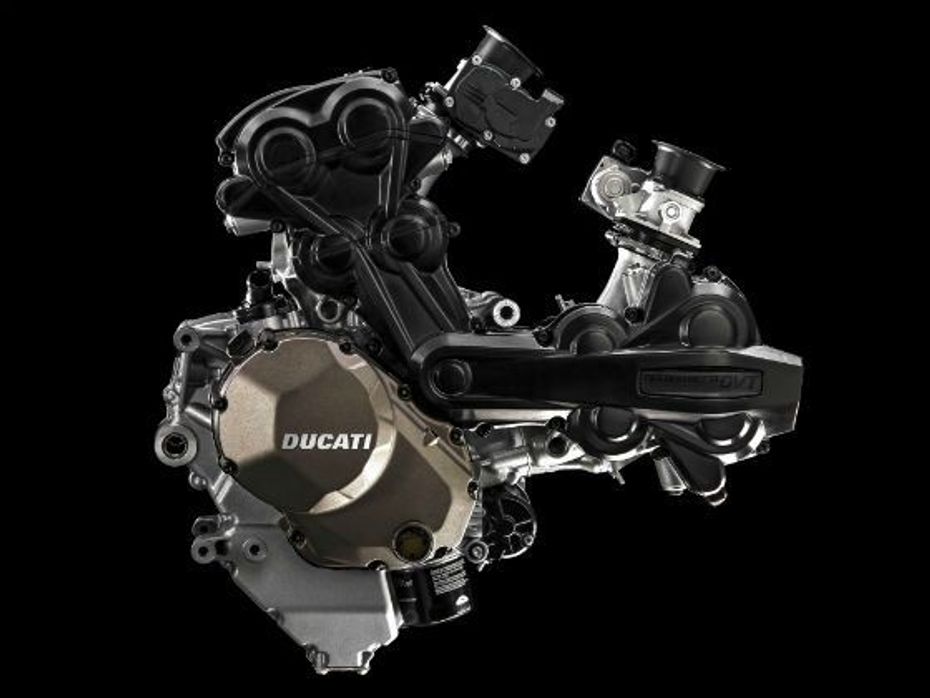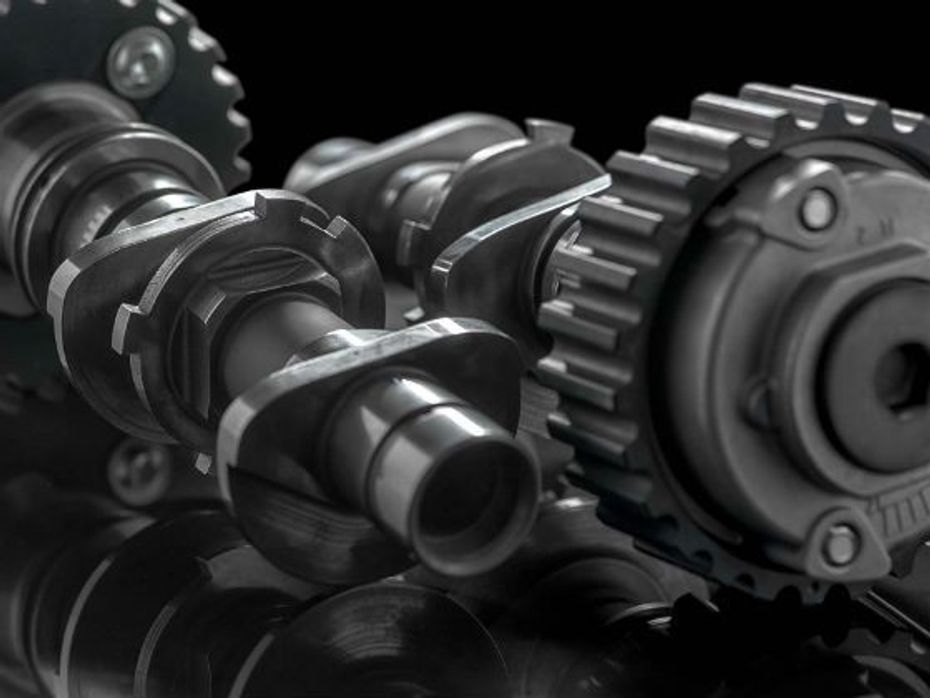
Ducati Streetfighter V4 S Price Revealed, Will Be Available From...
- Mar 8, 2024
- Views : 1420


Ducati has announced a new Testastretta DVT engine, the first in the world with variable timing on both inlet and exhaust camshafts. This means the new V-Twin powerplant can change the intake and exhaust timing independently, and throughout the rev range.
According to Ducati, the system optimizes engine performance throughout the rev range and in any operating condition, to guarantee the highest power, smooth delivery, high torque at low rpm and reduced fuel consumption. Despite the increase in power, Ducati says the DVT system has a positive impact on fuel efficiency with an average 8% reduction in fuel consumption compared to earlier engines.

The DVT also employs Ducati’s trademark Desmodromic actuation of the valves, with two spark plugs per cylinder. Each camshaft has a hydraulic actuator as part of the cam belt pulley; the actuator can rotate inside the pulley housing, advancing or retarding that camshaft’s timing as needed. The amount of advance or retard is controlled by varying oil pressure inside the actuator, which in turn is controlled by dedicated valves and timing of each cam is dynamically controlled by a sensor located in the cam covers.
All this tech translates into the new Testastretta DVT engine producing a maximum power of 162PS at 9,500rpm and a high torque of up to 136Nm at 7,500rpm with a linear delivery curve. The torque, Ducati says, is already 80Nm at a low 3,500rpm and it remains consistently over 100Nm between 5,750 and 9,500rpm.

Ducati Streetfighter V4 S Price Revealed, Will Be Available From...

Upcoming Two-Wheeler Launches In March 2024

Bajaj Pulsar NS400 India Launch In April 2024

EXCLUSIVE: Upcoming Bajaj CNG Bike Spotted Testing Again

Yezdi 500cc Retro Bike, Yezdi Streetfighter 334, And Adventure Rally...

BREAKING: Ather Rizta Electric Scooter To Launch On April 6

EXCLUSIVE: 2024 Bajaj Pulsar 150 Launched, Know Onroad Price, New...

2024 Bajaj Pulsar NS125 Launched At Rs 1.04 Lakh

2024 Bajaj Pulsar NS160 And Pulsar NS200 Launched

2024 Bajaj Pulsar NS200 and NS160 Reaches Dealerships Ahead Of Launch
India's largest automotive community